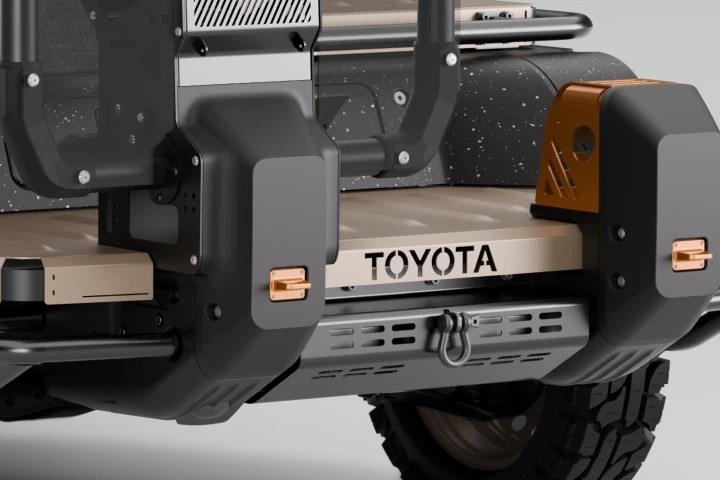Little satellites grow up to be big satellites. At least, that’s what will happen if Surrey Satellite Technology Limited (SSTL) gets its way. Working in conjunction with the University of Surrey, the UK-based company plans to launch a pair of nano-satellites into orbit equipped with Kinect motion-control sensors that will allow the minisats to seek each other out and dock to form a new, larger satellite. If this technology proves successful, it has the potential to change the way satellites are built, maintained and even disposed of by changing satellites from individual machines into intelligent building blocks.
The new nano-satellite, called STRaND-2, is the latest in SSTL’s STRaND series. Like STRaND-1, STRaND-2 is a three-unit cubesat measuring 30 cm (1 ft) in length. STRaNd-1 managed to pack a lot of functionality into a very small package by using off-the-shelf smartphone technology. STRaND-2 continues this adapt and adopt strategy by using technology from an Xbox Kinect controller for the docking system.
Using a video game system to operate a satellite may seem odd, but the Kinect employs a surprisingly sophisticated system of infrared sensors and image algorithms to track objects in three dimensions. This has already found application outside of gaming in such fields as robotics.
“We were really impressed by what MIT had done flying an autonomous model helicopter that used Kinect and asked ourselves: Why has no-one used this in space?" says SSTL Project Lead Shaun Kenyon. "Once you can launch low cost nanosatellites that dock together, the possibilities are endless – like space building blocks.”
Kinect in space
By incorporating the Kinect system into STRaND-2, SSTL hopes it will allow the twin satellites to scan their immediate vicinity and build up an accurate three-dimensional map. This can then be used by the satellites to track one another accurately enough to approach and then safely dock. This would be a remarkable accomplishment, since docking procedures are currently undertaken only by much larger spacecraft. If the STRaND-2 satellites are able to dock with one another, it opens up a whole new world of space engineering.Instead of building one large spacecraft, as in conventional satellite manufacturing, or using microsatellites flying in formation as is being developed currently, dockable satellites would be modular “space building blocks” according to SSTL. Satellites could be made as plug-and-play components that could be sent up in segments using smaller, cheaper rockets or piggybacked with other payloads and then linked together. This would not only be a cost savings, but would allow for much greater design flexibility. It would also make it much easier to repair, maintain, refuel or upgrade satellites. Today, a satellite with a failing power system is an expensive write off. Tomorrow, it would simply a matter of sending up a new power module.
Even the fight against space junk would benefit, since a dockable micro-satellite with a booster pack could easily dock with a dead satellite and either return it to the Earth’s atmosphere or out to a space disposal area.
SSTL’s current plan for STRaND-2 is to carry out a test launch by sending a pair into orbit in the near future. These satellites would then separate, approach one another and then dock. If that works out, perhaps it won’t be too long before more complex modular structures can be assembled in space using this method.
“It may seem far-fetched, but our low cost nanosatellites could dock to build large and sophisticated modular structures such as space telescopes," says SSC Project Leader Dr Chris Bridges. "Unlike today’s big space missions, these could be reconfigured as mission objectives change, and upgraded in-orbit with the latest available technologies.”
The following video shows a pair of STRaND-2 nano-satellites carrying out a docking maneuver.
Source: Surrey Satellite Technology Limited





